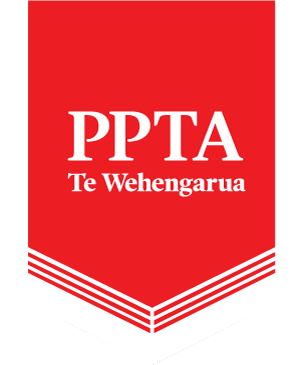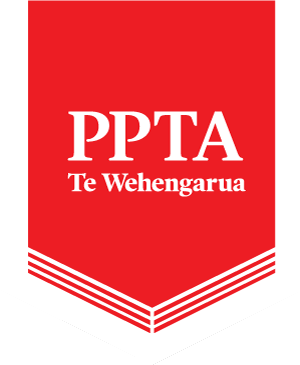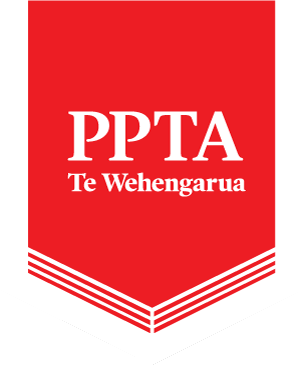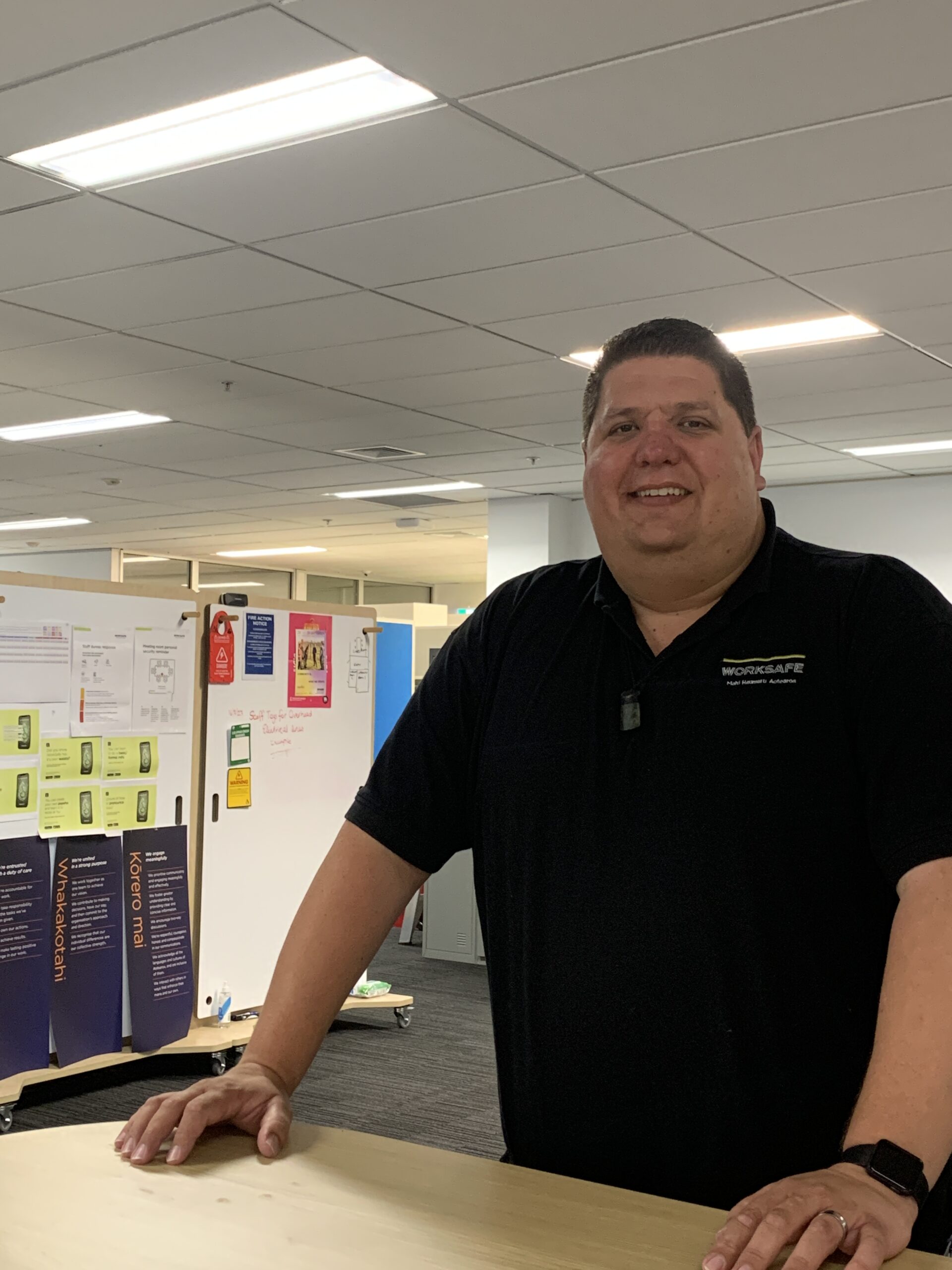Source:
We published a case note in March 2019 about a law firm that demanded $19,000 from a former client for the cost of providing the client with his information. After investigating the complaint, the Privacy Commissioner concluded the cost of a USB stick was a reasonable cost, not the $19,000 charge. We wrote about that case here.
The client subsequently took the case to the Human Rights Review Tribunal, which issued its decision last month. You can read the Tribunal’s full decision( Patel v Dean [2020] NZHRRT 37).
In reviewing the case, the Tribunal awarded the former client $20,000 for the law firm’s intransigence in giving him his information.
Background
The case between Mr Patel, and Mr Dean began when Mr Dean provided legal services for Mr Patel and the Vishnu Trust (of which Mr Patel was a trustee) from January 2013 to March 2014.
There arose a dispute between the two over legal fees. Mr Patel considered Mr Dean had overcharged him and the Trust. Mr Dean denied this and in November 2015, he assigned the right to recover the claimed fees to Rajjo Nominees Ltd. Rajjo was a company closely associated with Mr Dean. Mr Dean’s legal executive (who was also his de facto partner) was its sole director and shareholder.
Rajjo placed caveats over 11 of the properties owned by Mr Patel and the Vishnu Trust. The caveats immediately inhibited the use of these properties. In March 2017, Rajjo filed proceedings in the District Court to recover the debt.
In February 2018, Mr Patel made an urgent request to Mr Dean for a copy of his file. He followed this up with two further requests. He received no response, so he complained to our office.
In the same month, Rajjo obtained a sale order from the High Court for the sale of ten of Mr Patel’s and the Trust’s properties to obtain payment of the debt of $111,039.
The trustees of the Vishnu Trust paid the debt in March 2018 to avoid the sale of any properties. Despite the payment, Mr Dean would not agree to removing the caveats on the properties.
Mr Dean replied to Mr Patel’s request for his file in March and said that he would charge him $19,175 for the release of the documents.
In the meantime, Mr Patel applied to the High Court to set aside the judgment debt. The High Court allowed Mr Patel’s application to be stayed to enable him to obtain the documents from Mr Dean.
In September 2018, Mr Dean said the file was available to be picked up and if it wasn’t, it would be destroyed.
In October 2018, the High Court ordered the removal of the caveats on the properties owned by Mr Patel and the Trust. The next day, Mr Dean delivered the file to Mr Patel. But Mr Patel considered that some documents were missing, including records of over 60 phone messages, invoices and potentially other records.
The Tribunal
Mr Patel took his Privacy Act complaint to the Human Rights Review Tribunal because he wanted a full copy of the file, a declaration of an interference with his privacy, and damages of up to $350,000.
Principle 6
The Privacy Act gives individuals the right to request their information under information privacy principle 6. An agency must respond to a request for personal information within 20 working days (section 40(1)). The information does not necessarily have to be provided within the 20 working days, but a decision must be made whether to grant the request, in what manner, and for what charge, if any.
Mr Patel first requested his file on 8 February 2018 and Mr Dean first responded to that request on 29 March 2018. Mr Dean accepted he had not complied with the Act’s timeframe of 20 working days. He blamed a period of ill health for the failure to respond in time and claimed Mr Patel already had the documents in his own records.
The Tribunal considered whether there had been an interference with Mr Patel’s privacy, applying a two-stage test. Firstly, Mr Dean’s failure to respond within the time limit was deemed by section 66(3) of the Act to be a refusal to make information available.
But secondly, could Mr Dean rely on the exceptions in the Privacy Act for his refusal to respond in time? The Tribunal noted ill health is neither a ground for asking for more time or a defence to not giving Mr Patel his information. Whether or not Mr Patel already had the file was irrelevant. If someone asks for their information, they are entitled to receive their file.
The Tribunal determined Mr Dean had interfered with Mr Patel’s privacy.
Interference with privacy
To award damages, the Tribunal must be satisfied the interference with privacy contributed to or was a material cause of a loss of benefit to Mr Patel.
Mr Patel said the refusal to give him his file denied him the opportunity to have his legal fees independently assessed and to win his court case against Mr Dean in the dispute over the debt.
Mr Patel gave evidence a lawyer had advised him that they would require the full file to independently assess the reasonableness of Mr Dean’s fees and any missing documents would undermine this assessment.
The Tribunal accepted this evidence. The file was relevant and necessary in the court application to set aside the debt. The Tribunal also accepted that if Mr Patel had the file, it might have affected the High Court proceedings. Mr Dean’s failure to provide the file was a material factor in the loss of a benefit to Mr Patel. Mr Patel was entitled to compensation for this loss.
Humiliation and injury to feelings
Mr Patel also claimed damages for humiliation, loss of dignity and injury to feelings.
The Tribunal said it heard clear evidence that Mr Patel suffered immense stress, anxiety and all-consuming worry. The fact that Mr Dean was his former lawyer and that he and Rajjo continued to pursue legal action against Mr Patel, while refusing to provide his file, left Mr Patel feeling “helpless and hopeless”.
He was scared he was going to lose his whole property portfolio once Mr Dean advertised the sale of the properties. This caused him immense upset as it was important the properties provided security for his family after his son died.
Mr Patel also provided medical evidence of the ill-health suffered by him and his wife. Although the stress did not cause their health conditions, they worsened them.
The Tribunal found Mr Patel’s evidence to be credible, and Mr Dean presented no evidence to dispute this.
Mitigating factors
It said there were no mitigating factors in Mr Dean’s conduct. The Tribunal noted he had ignored subsequent requests for the file and did not accept an offer by the NZ Law Society to facilitate his compliance. The value of the sale order on the properties was about $12 million, contrasting sharply with the debt of $111,039. In addition, after the debt was paid, Mr Dean did not agree to remove the caveats on the property. The publicly advertised sale order was humiliating because there was greater public awareness of Mr Patel’s business affairs.
The Tribunal concluded that if Mr Patel had received his file and been successful in setting aside the judgement against him over the debt, then Mr Dean and Rajjo would have been unable to obtain a sale order on the properties. This would have reduced the publicity of Mr Patel’s predicament and his humiliation.
Damages
The Tribunal awarded Mr Patel $5,000 for a loss of benefit for the interference with his privacy and $15,000 for the humiliation and injury to feelings he experienced.
It also ordered Mr Dean to provide a full and complete response to Mr Patel’s original request for his file.
Image credit: NZ Coat of Arms via Wikimedia Commons.
Human Rights Review Tribunal
Back







